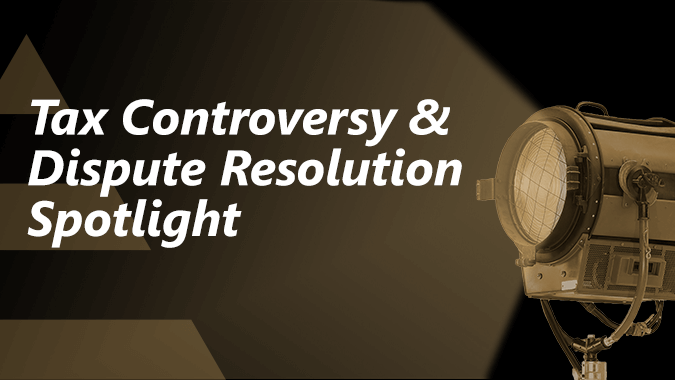
How To Claim the Employee Retention Credit
- Published
- Mar 26, 2021
- Topics
- Share
EisnerAmper’s Employee Retention Credit Response Team continues to examine IRS Notice 2021-20. This, the third blog of our series, dives into exactly how the ERC can be claimed.*
How does an eligible employer claim the Employee Retention Credit?
The Employee Retention Credit is a fully refundable credit against employment taxes (both employer’s and employee’s portions of Social Security and Medicare tax, as well as federal income tax withholding). Eligible employers claim the credit by reporting the qualified wages paid for each calendar quarter on their payroll tax returns (Form 941 for most taxpayers). The employer can reduce its payroll tax deposits by the amount of its anticipated credit. If the anticipated credit amount exceeds the funds available for deposit, the employer can request a refund/advanced payment using Form 7200. Form 7200 must be filed by the earlier of (1) the date the employer files Form 941 for the relevant quarter or (2) the due date for filing the quarterly employment tax return. The minimum advance amount that can be claimed on Form 7200 is $25.
How does an eligible employer claim the ERC for qualified wages in a past calendar quarter, in which the employer may have been entitled to claim the credit but did not do so?
An eligible employer may claim the Employee Retention Credit for a past calendar quarter by filing an amended payroll tax return for the quarter (Form 941-X). Amended payroll tax returns must be filed following the appropriate procedures and within the period of limitations for doing so (generally within three years of the date the form was filed or two years from the date the tax was paid, whichever is later).
How does an eligible employer that received a PPP loan claim the Employee Retention Credit?
An eligible employer that received a PPP loan can still claim the Employee Retention Credit using Form 941-X, but only for qualified wages that were not counted toward PPP loan forgiveness. If the loan amount is not forgiven by reason of a decision under section 7A(g) of the Small Business Act, then the qualified wages reported as payroll costs on the employer’s PPP Loan Forgiveness Application may be taken into account for purposes of the Employee Retention Credit.
How does an eligible employer that includes multiple entities treated as a single employer under the aggregation rules report the Employee Retention Credit on their federal employment tax returns?
Entities that are members of a controlled group of trades or businesses under common control are treated as a single employer for purposes of applying the Employee Retention Credit. Once the credit is calculated, the amount of the Employee Retention Credit allocated to each member of the group is based on that member’s proportionate share of qualified wages giving rise to the credit for each calendar quarter (or applicable period). Each eligible employer will reports its Employee Retention Credit on its own federal employment tax return.
*This is part of an ongoing series on the employee retention credit. Please also see:
What's on Your Mind?
Start a conversation with Jennifer












